The aim of the project is to broaden knowledge about contemporary art, with particular emphasis on herstory issues. A study of corporeality and physicality, awareness of working with one's own body.
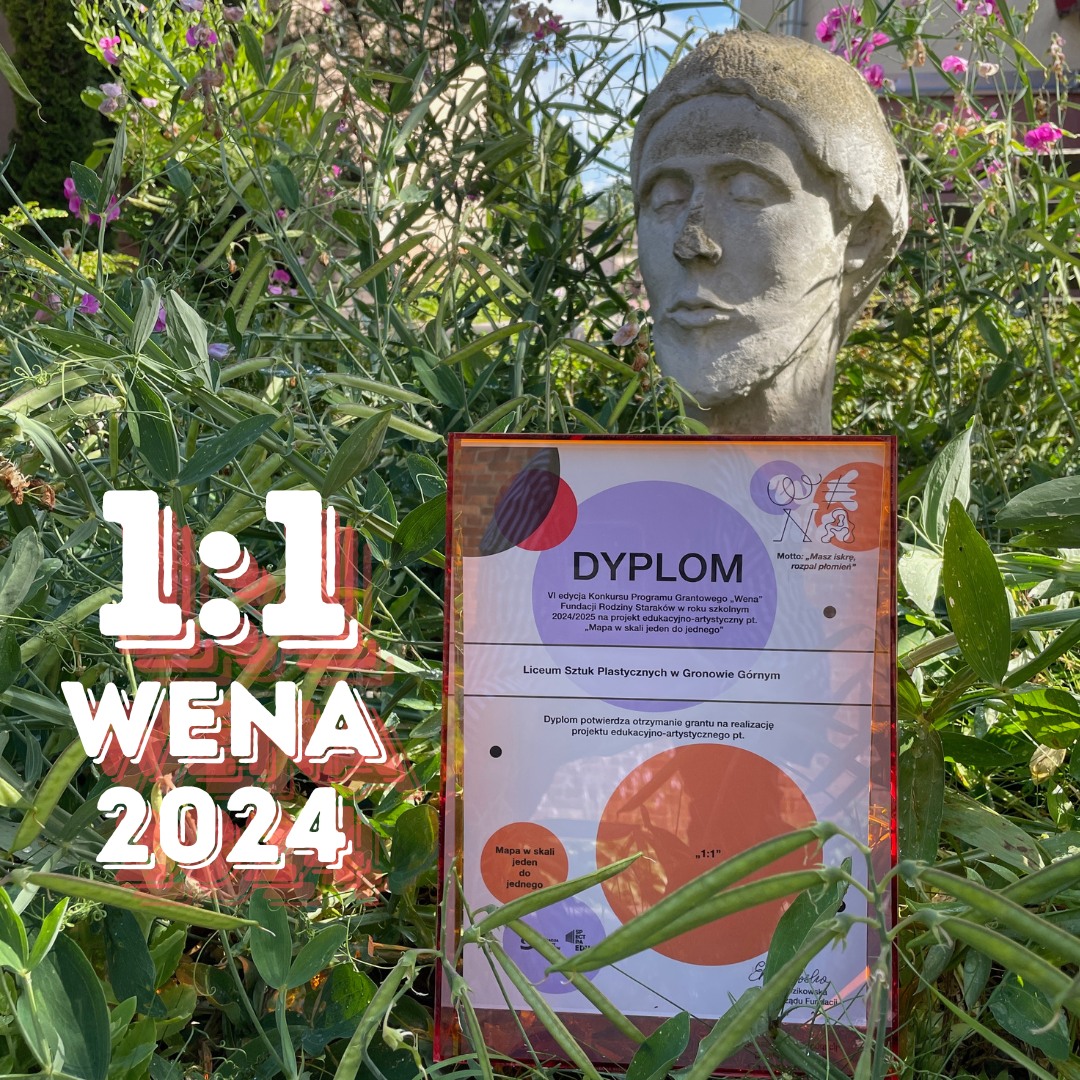
The project team was selected through an internal school competition. Students prepared essays explaining why they wanted to participate in the project.
Six participants took part in the project: two from the second grade, three from the third grade, and one from the fourth grade. The sculpting work involved both group and individual work. The diversity of grades and ages had a positive effect on the dynamics of the work. It was an exchange of different experiences and skills. The participants demonstrated effective communication within the group and realistic planning. It was also important to seek compromise in the creative process and in the process of arranging the sculptures in the exhibition space.
Individual work involved working on a selected part of the body and making one's own decision about its artistic and aesthetic expression. In the project, the students attempted to transcend the cartographic conventionality of maps in order to use sculptural media to approach the issue of the body—currently our closest refuge in times of difficulty, global crises, and unrest. On September 24-25, 2024, the project team took part in breathing and mindfulness workshops with breathing coach Bernadetta Kalinowska, who runs “Przystań Oddechu” (Breathing Haven).
The workshops were a novelty for the students. They brought them great joy. The participants said that it would be nice to have such classes every day at school, says Monika Walas, the teacher leading the project. Taking advantage of the beautiful weather and contact with nature on the school meadow, surrounded by an orchard, they allowed themselves to calm down, turn their attention to their bodies, breathing, experiences, senses, and emotions hidden within their bodies. After such an experience, the question remained: How to express their observations using sculptural materials?
On October 25, 2024, the young people also took part in a research trip to the Center for Polish Sculpture in Orońsko. During the trip, participants visited the Sculpture Park, experiencing the relationship between sculpture and nature, sculpture and the surrounding space. The task was to understand how important the context of the place is for the form of the exhibition. Participants also took part in cyanotype and felting workshops—techniques not represented in school, which was an opportunity to learn about new materials and working methods beyond the school curriculum.
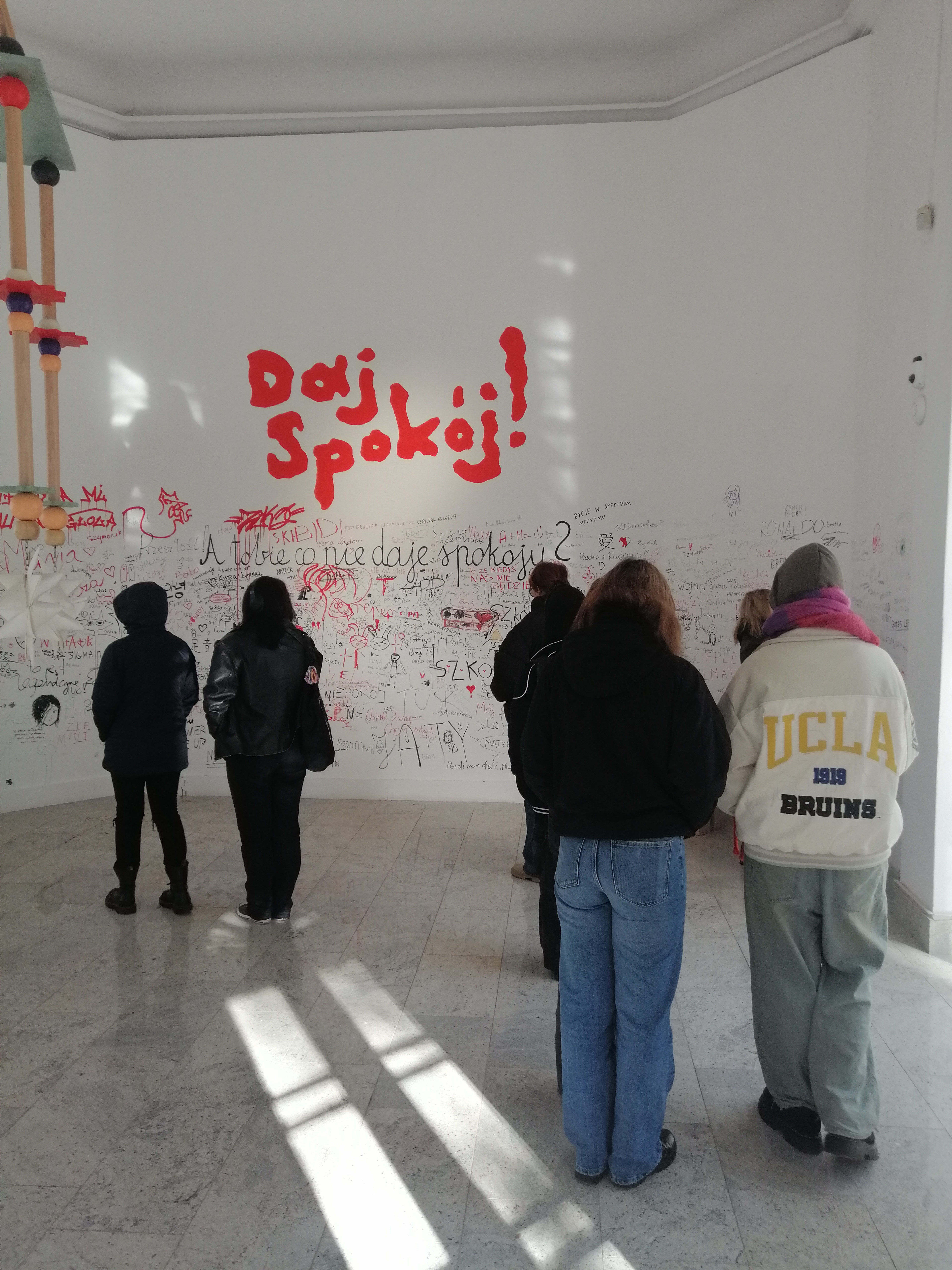
Young people at the Center for Polish Sculpture in Orońsko https://rzezba-oronsko.pl/
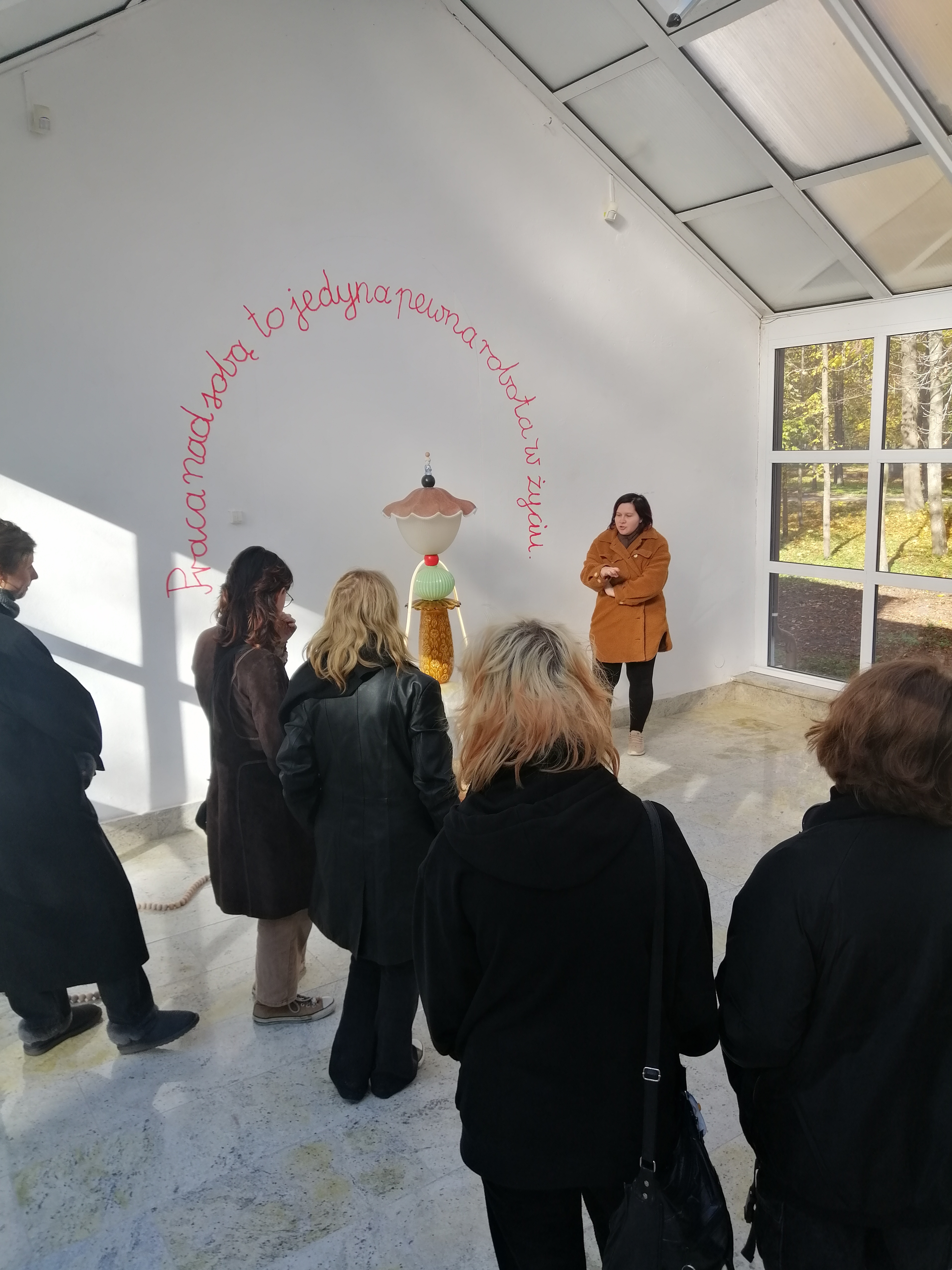
Young people at the Center for Polish Sculpture in Orońsko https://rzezba-oronsko.pl/
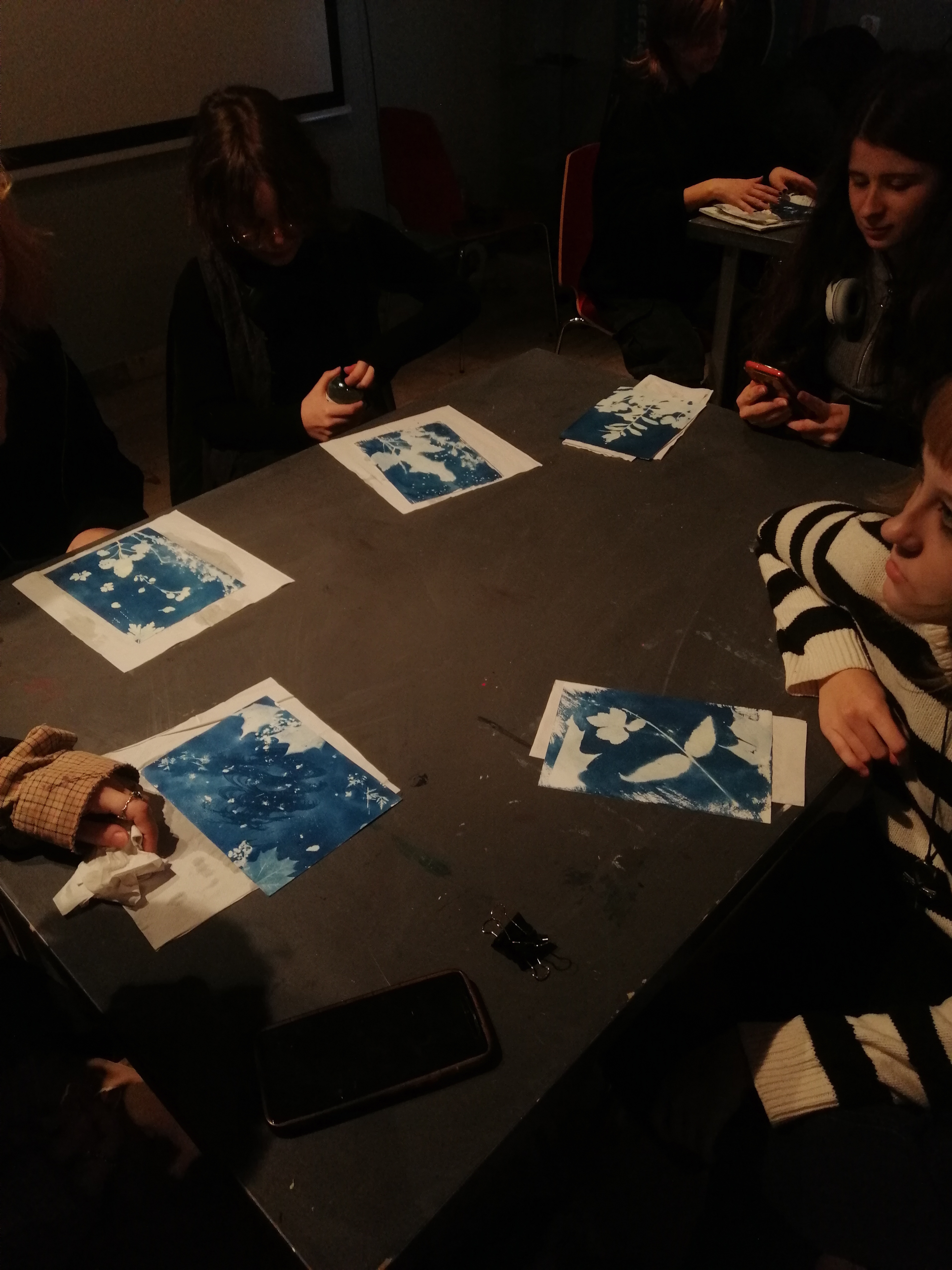
Young people at the Center for Polish Sculpture in Orońsko https://rzezba-oronsko.pl/
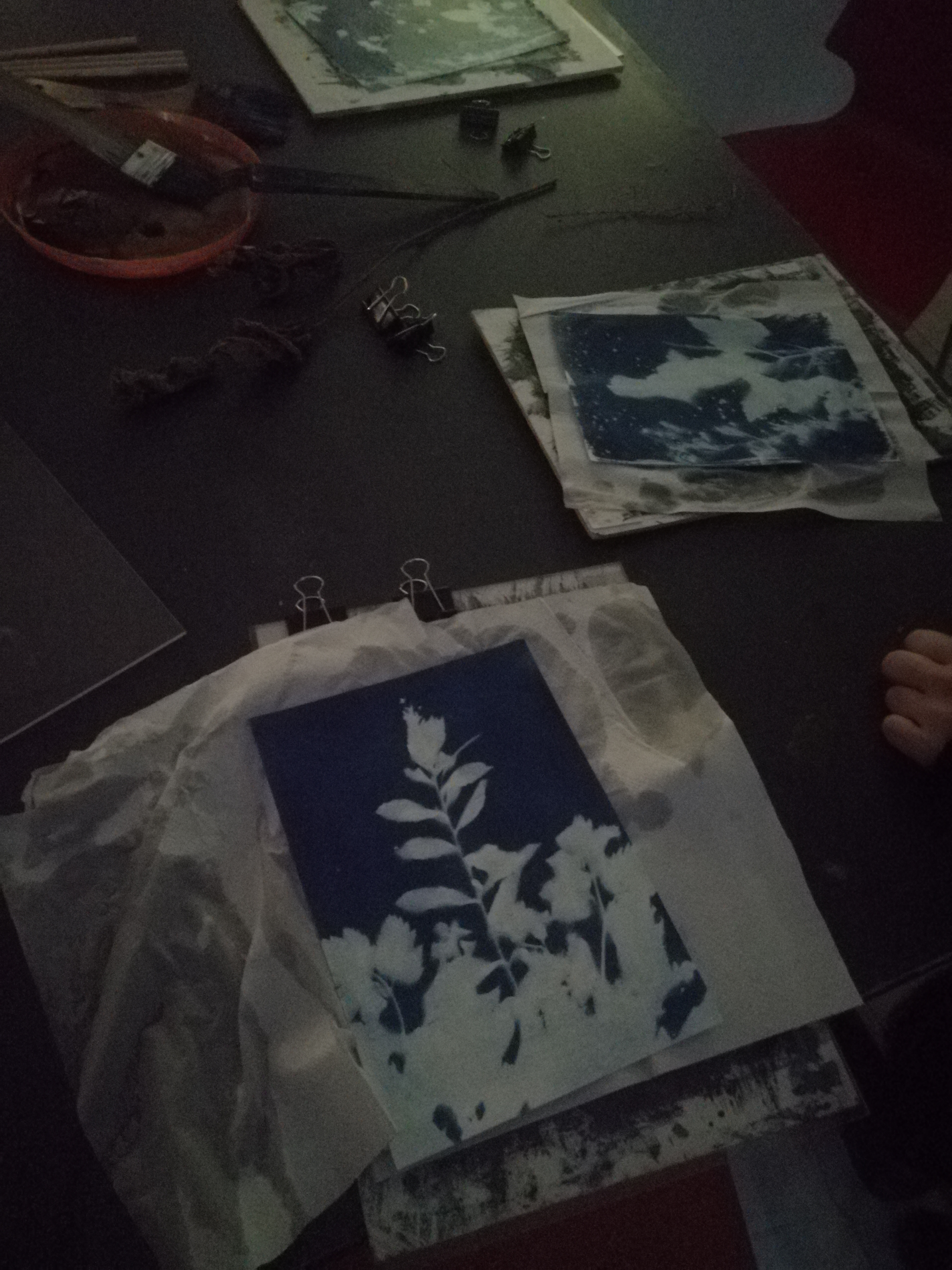
On November 4, 2024, inspired by new techniques, the students began creating spatial forms using life-size impressions of the human body. The participants meet with Monika Walas regularly, on Saturdays, for additional classes, thanks to which they learn the specifics of working with resin and models. They can experiment and try things out without time restrictions and beyond the core curriculum.
This is a very creative, experimental, and productive time for them
– emphasizes Monika Walas
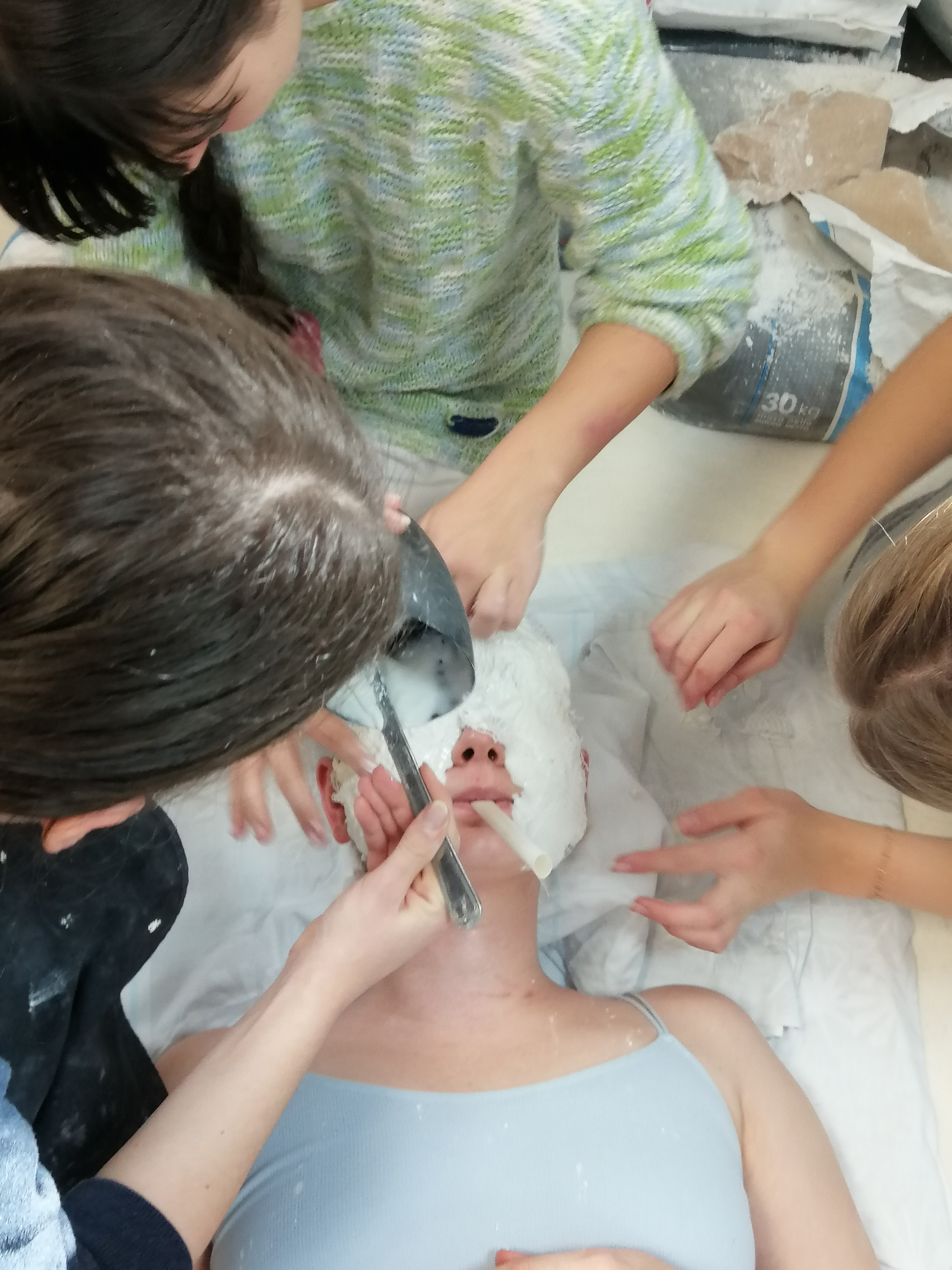
Creating forms from a model – workshops led by Monika Walas
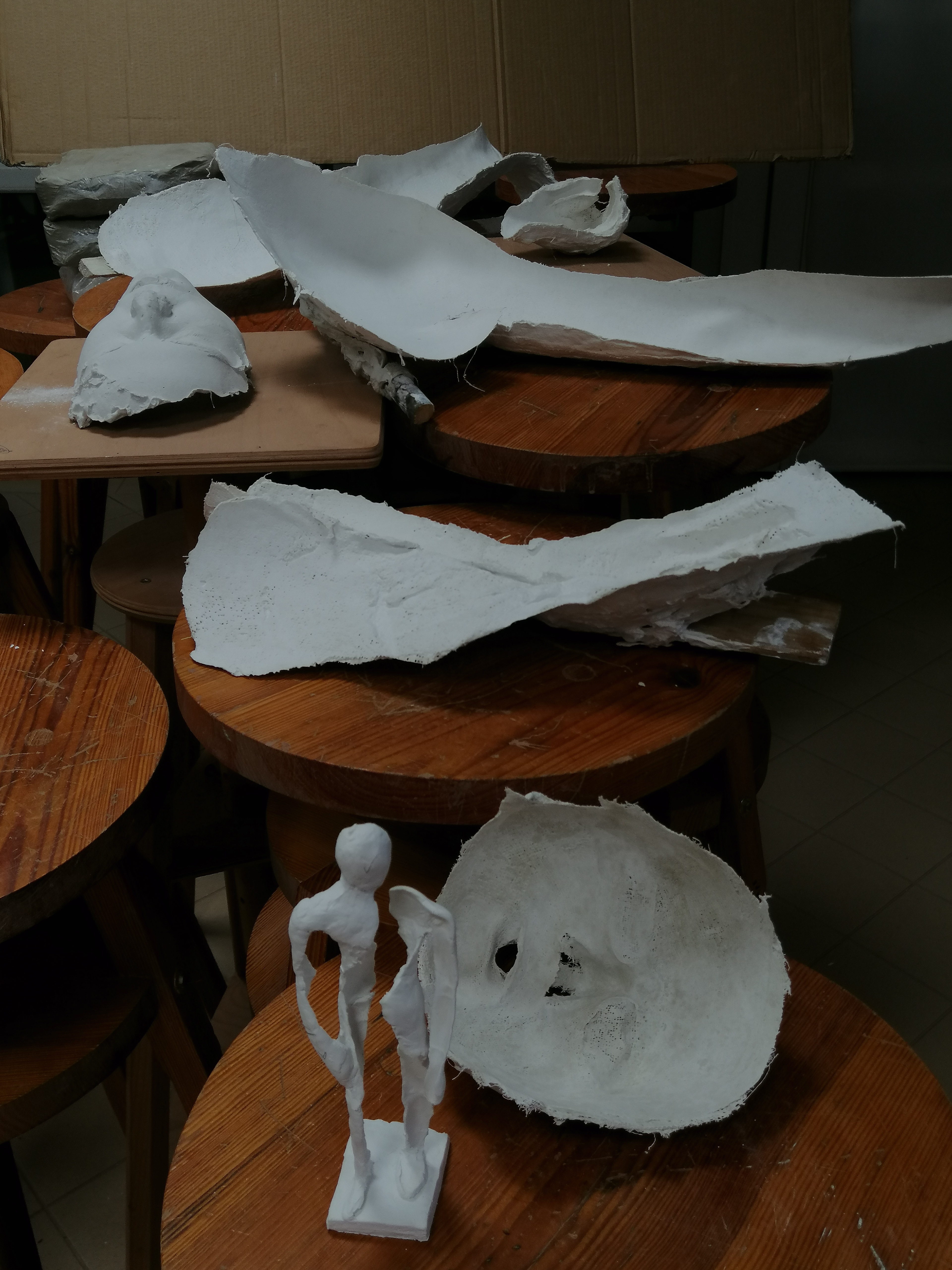
Creating forms from a model – workshops led by Monika Walas
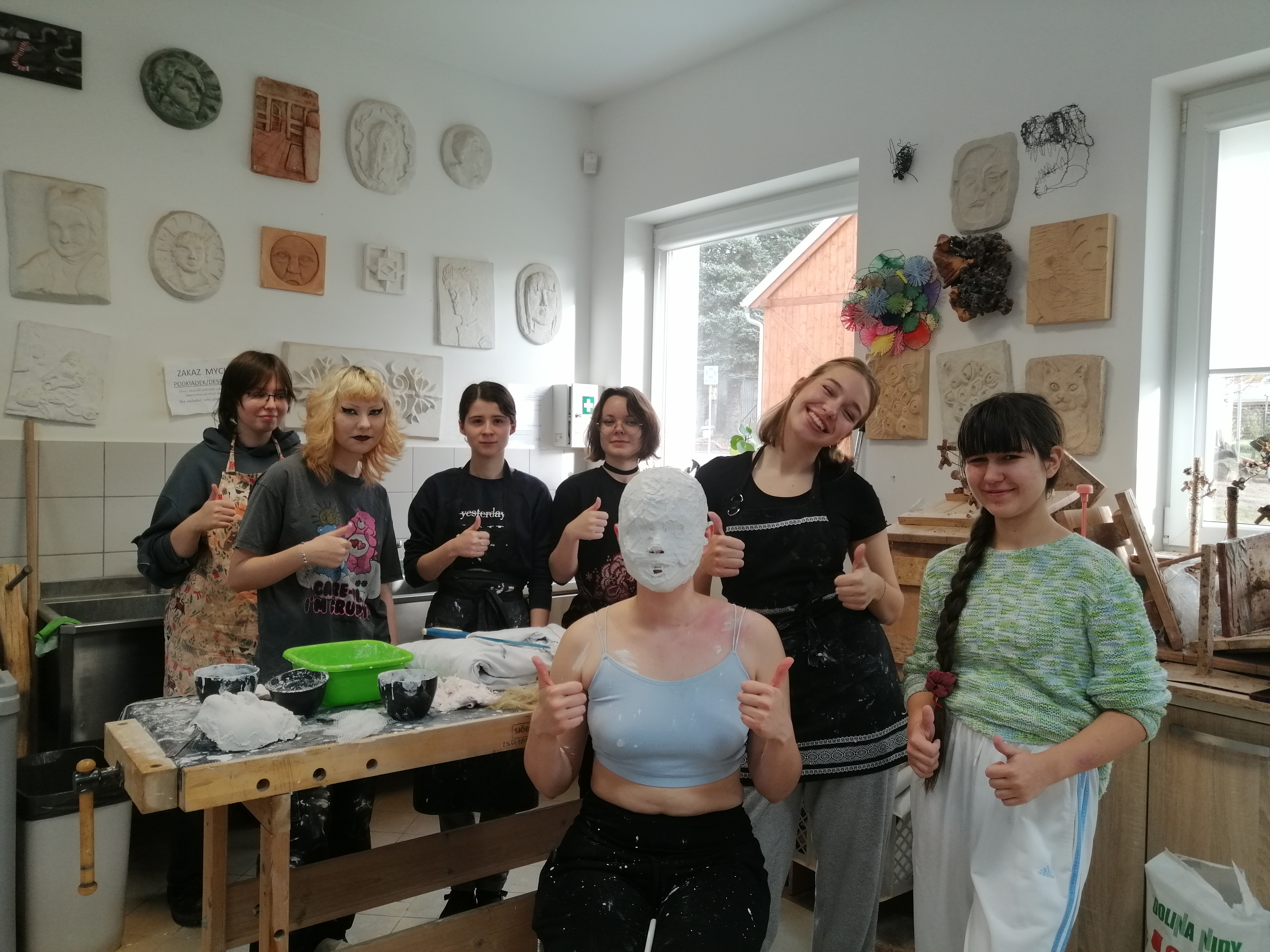
Creating forms from a model – workshops led by Monika Walas
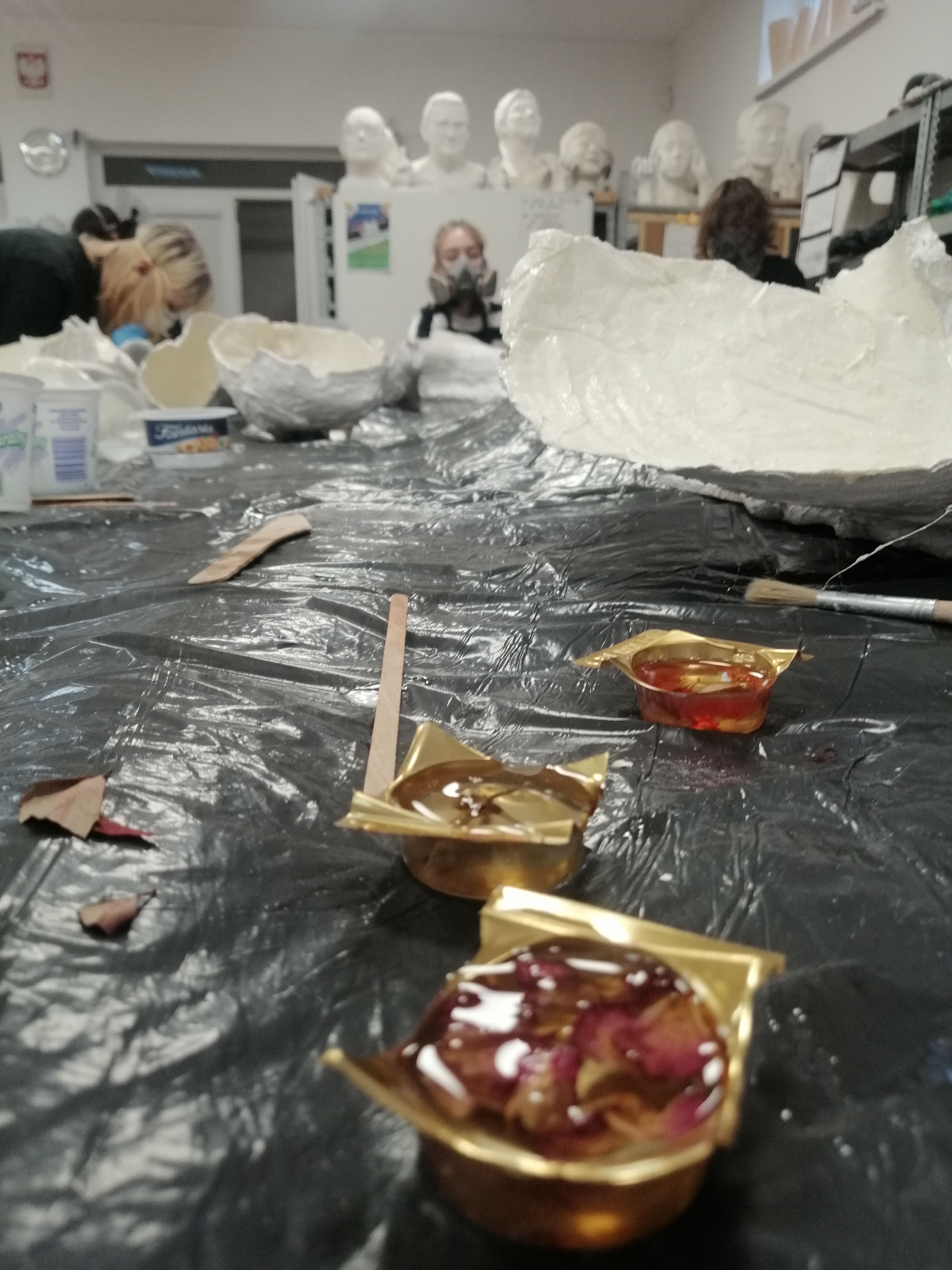
Working with resin – workshops led by Monika Walas
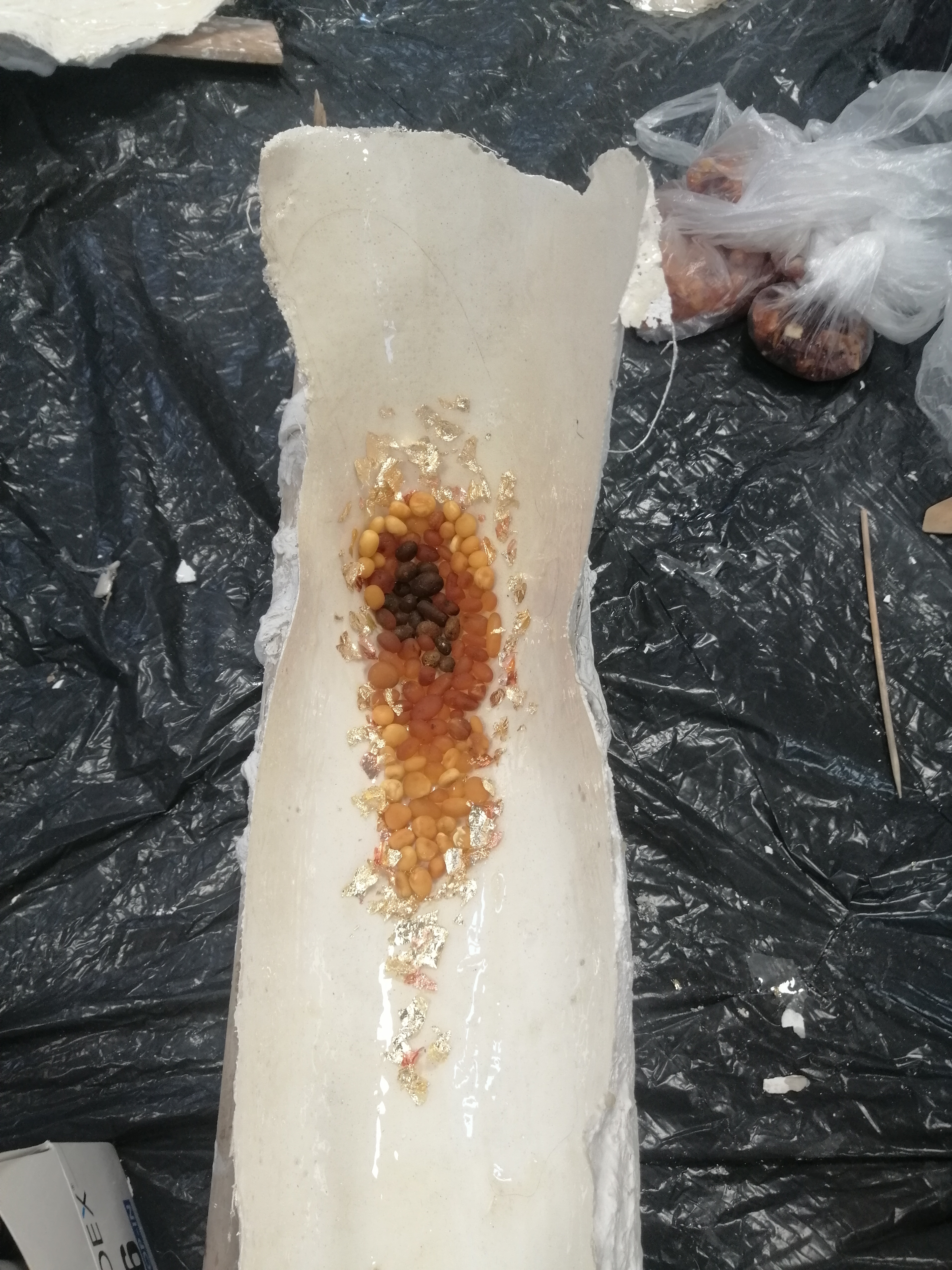
Working with resin – workshops led by Monika Walas
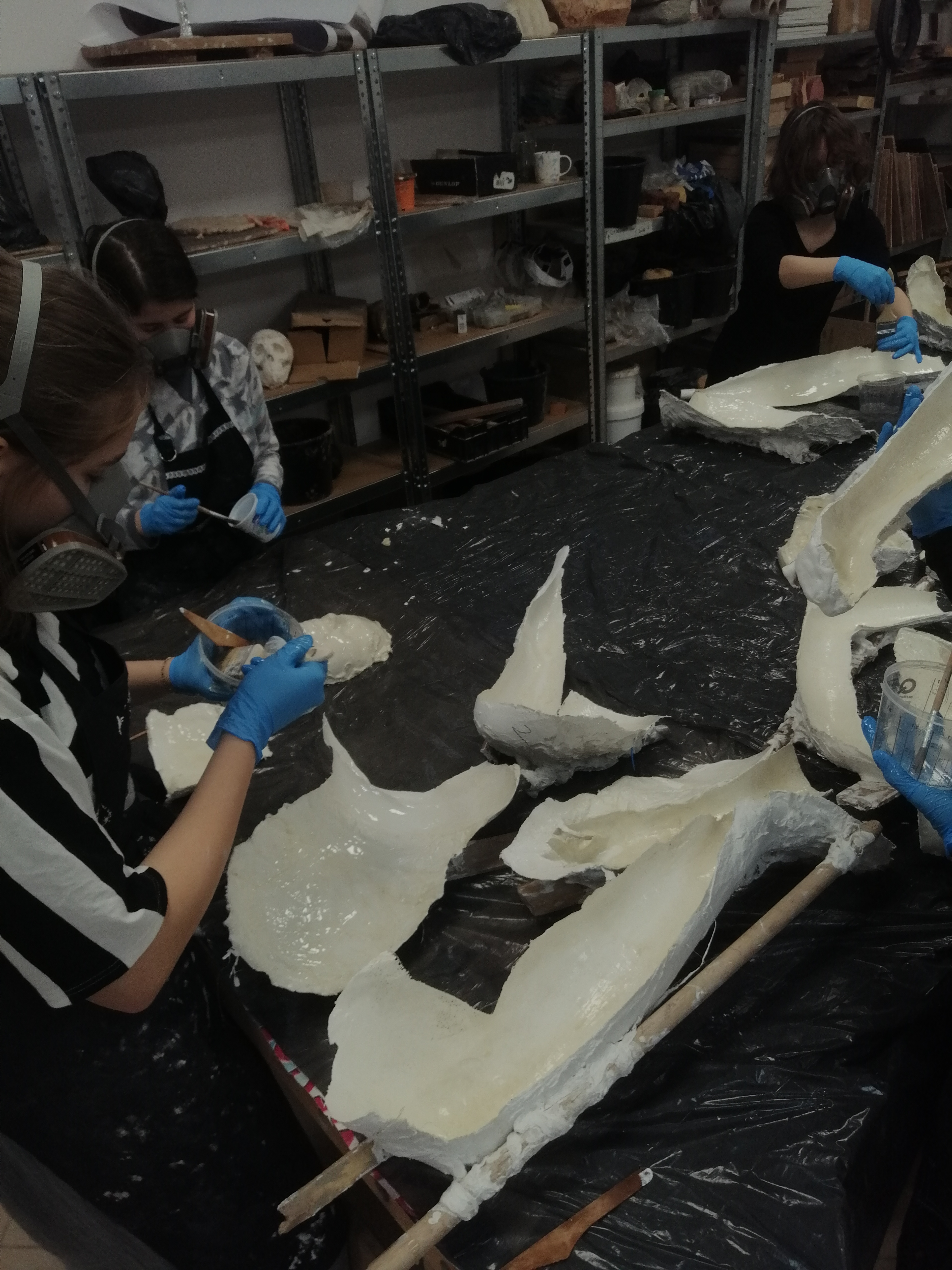
Working with resin – workshops led by Monika Walass
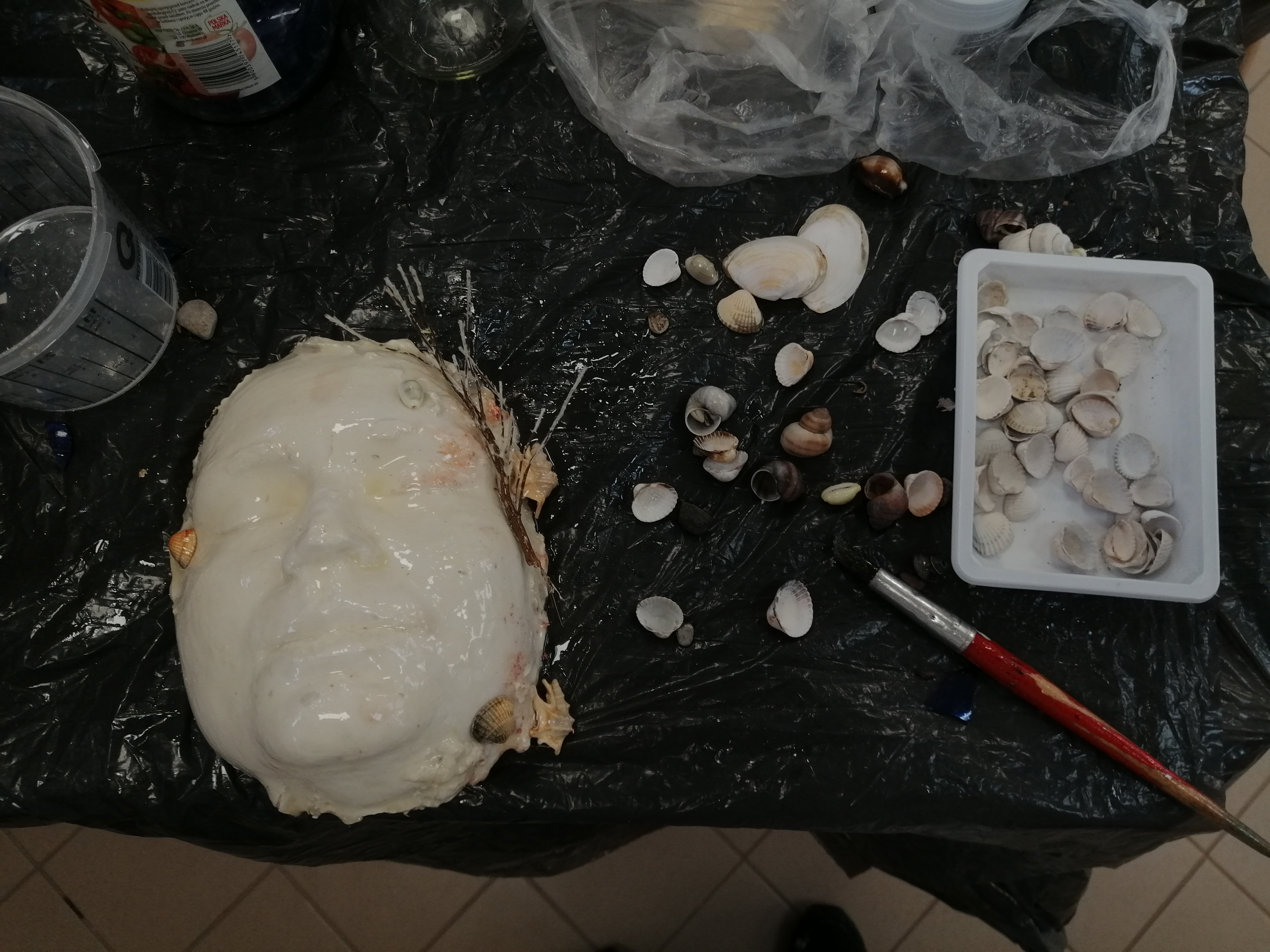
Working with resin – workshops led by Monika Walass
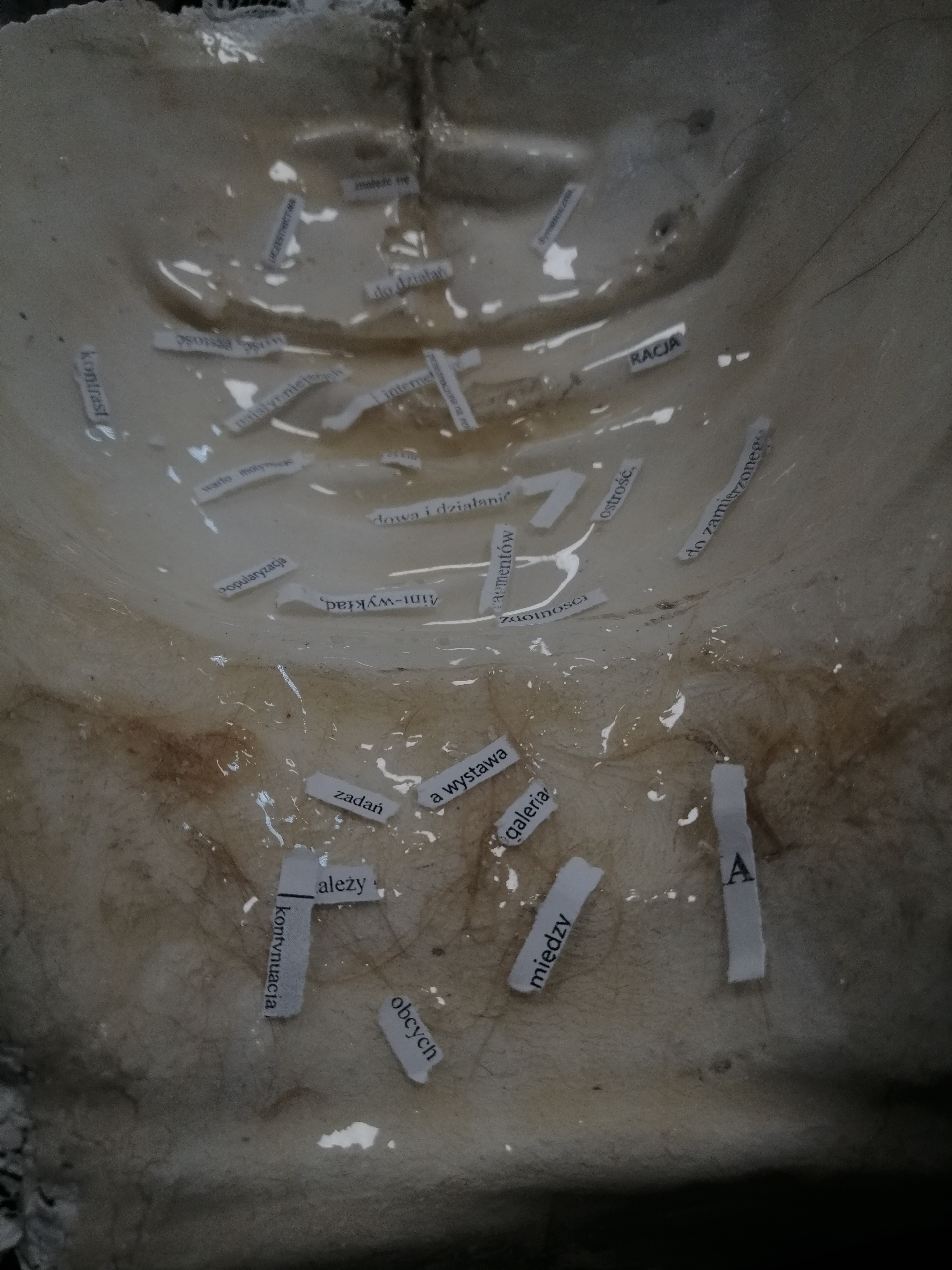
Working with resin – workshops led by Monika Walass
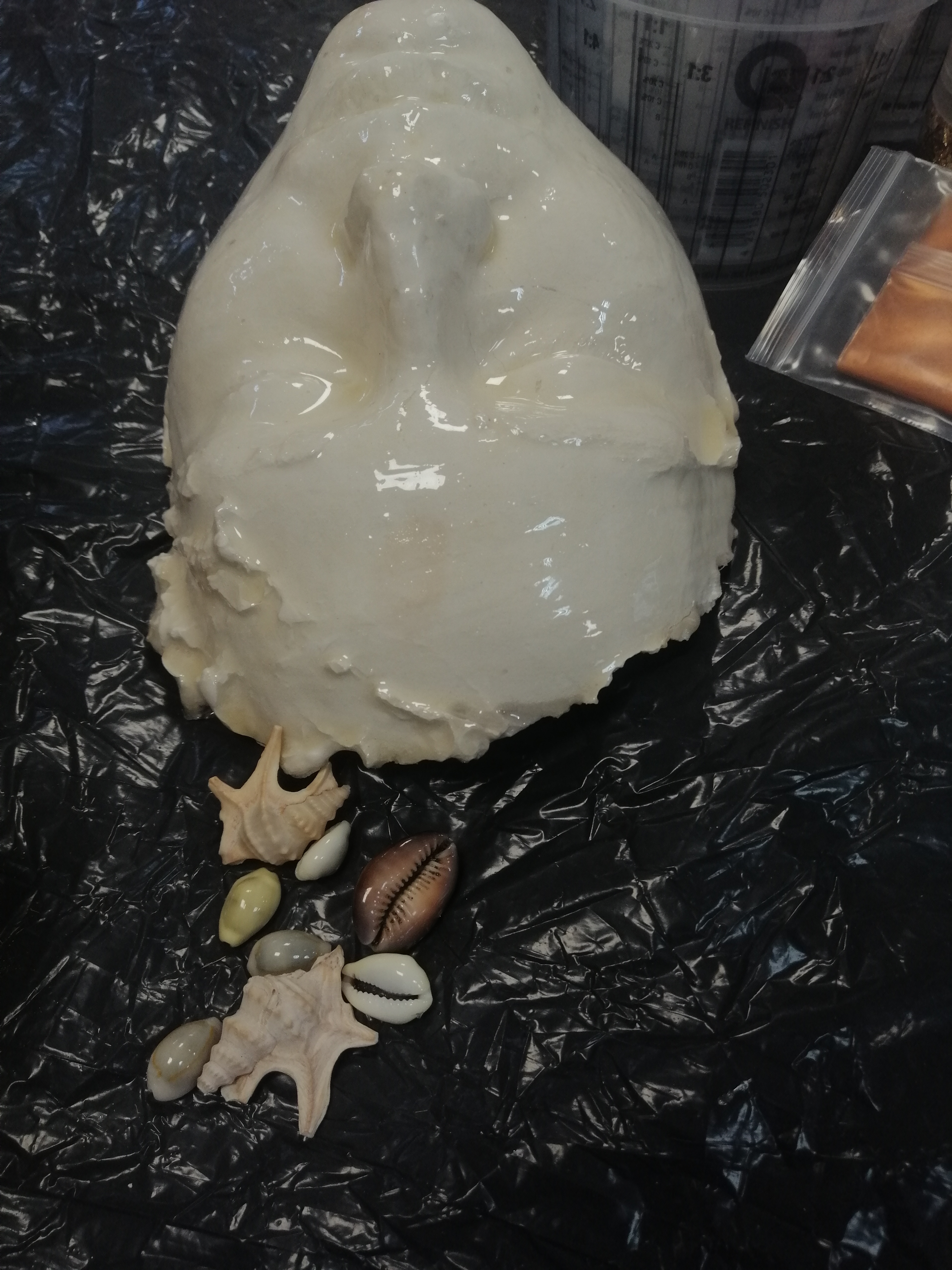
Working with resin – workshops led by Monika Walass
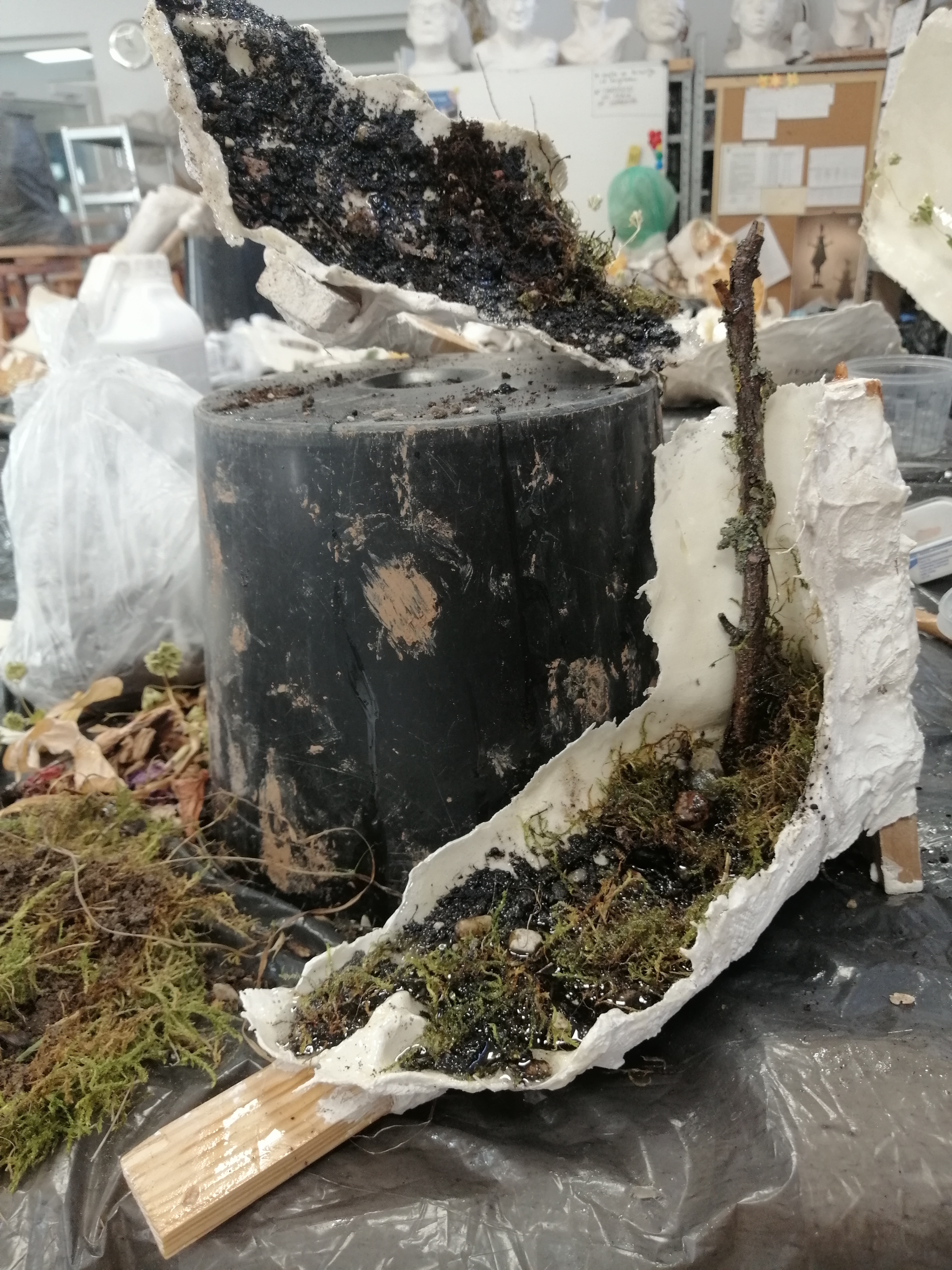
Working with resin – workshops led by Monika Walass
On November 20, 2024, workshops and a lecture on art history were held, focusing on female sculptors: Alina Szapocznikow, Maria Pinińska-Bereś, and Magdalena Abakanowicz. The classes were led by Paulina Łuczak, MA in art history, co-leader of the school's award-winning projects in previous editions of the “Wena” Grant Program Competition. The participants completed tasks to better understand the artistic strategy of each sculptor. To conclude the task, they created collages/mood boards, visually summarizing their knowledge, associations, and emotions evoked by the works they saw.
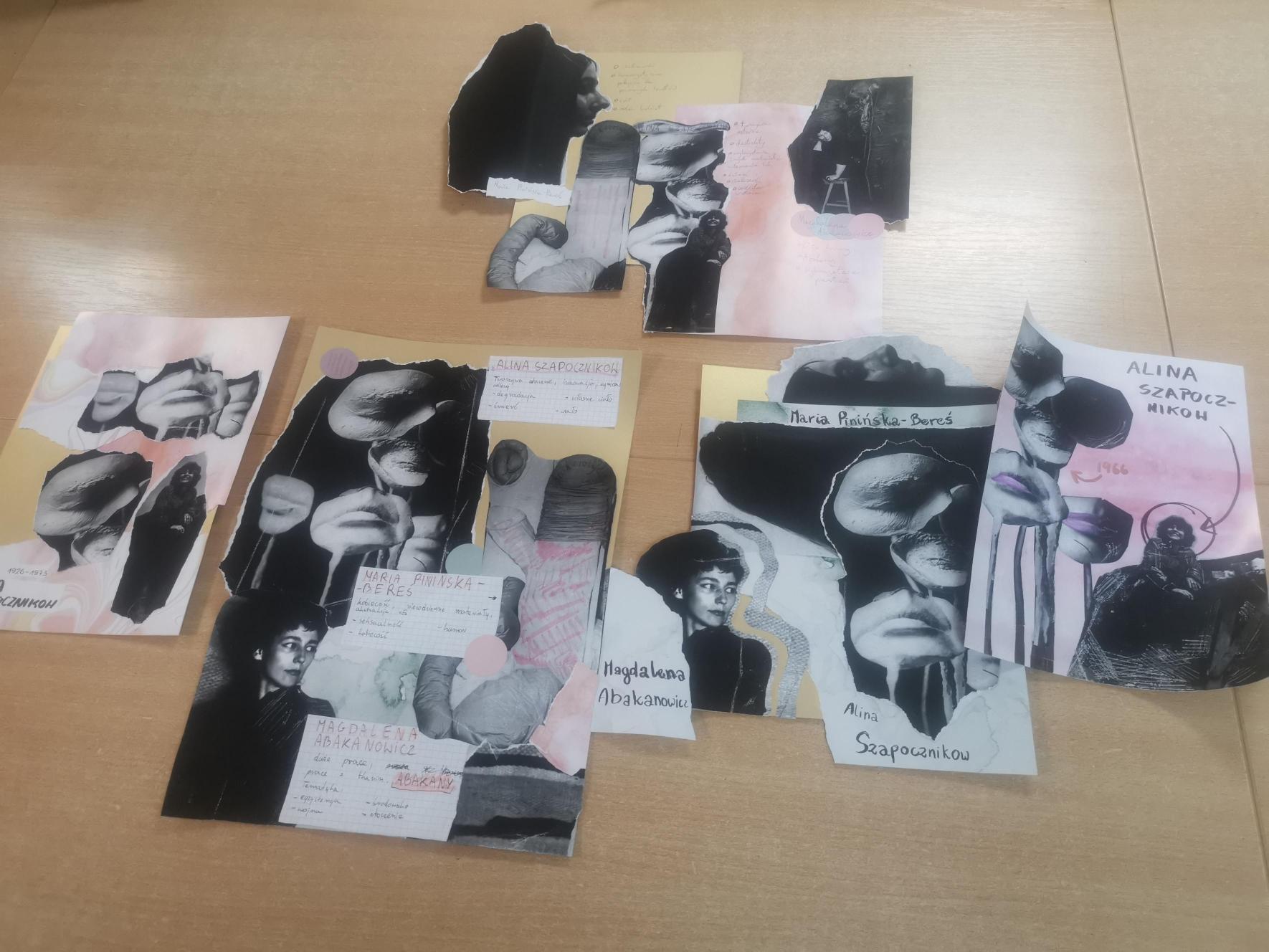
Lectures on art history concerning female sculptors: Alina Szapocznikow, Maria Pinińska-Bereś, and Magdalena Abakanowicz were given by Paulina Łuczak, MA in art history.
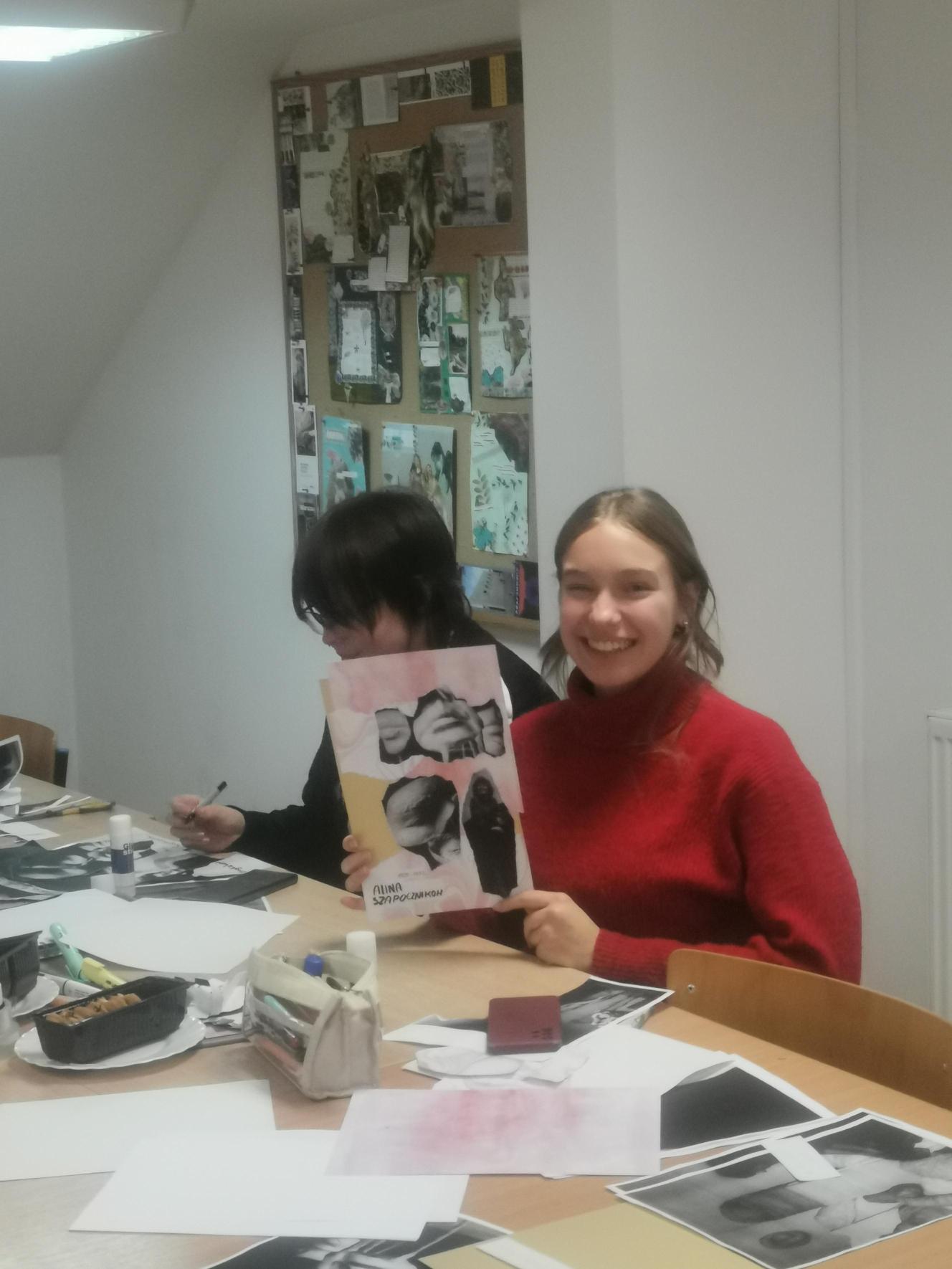
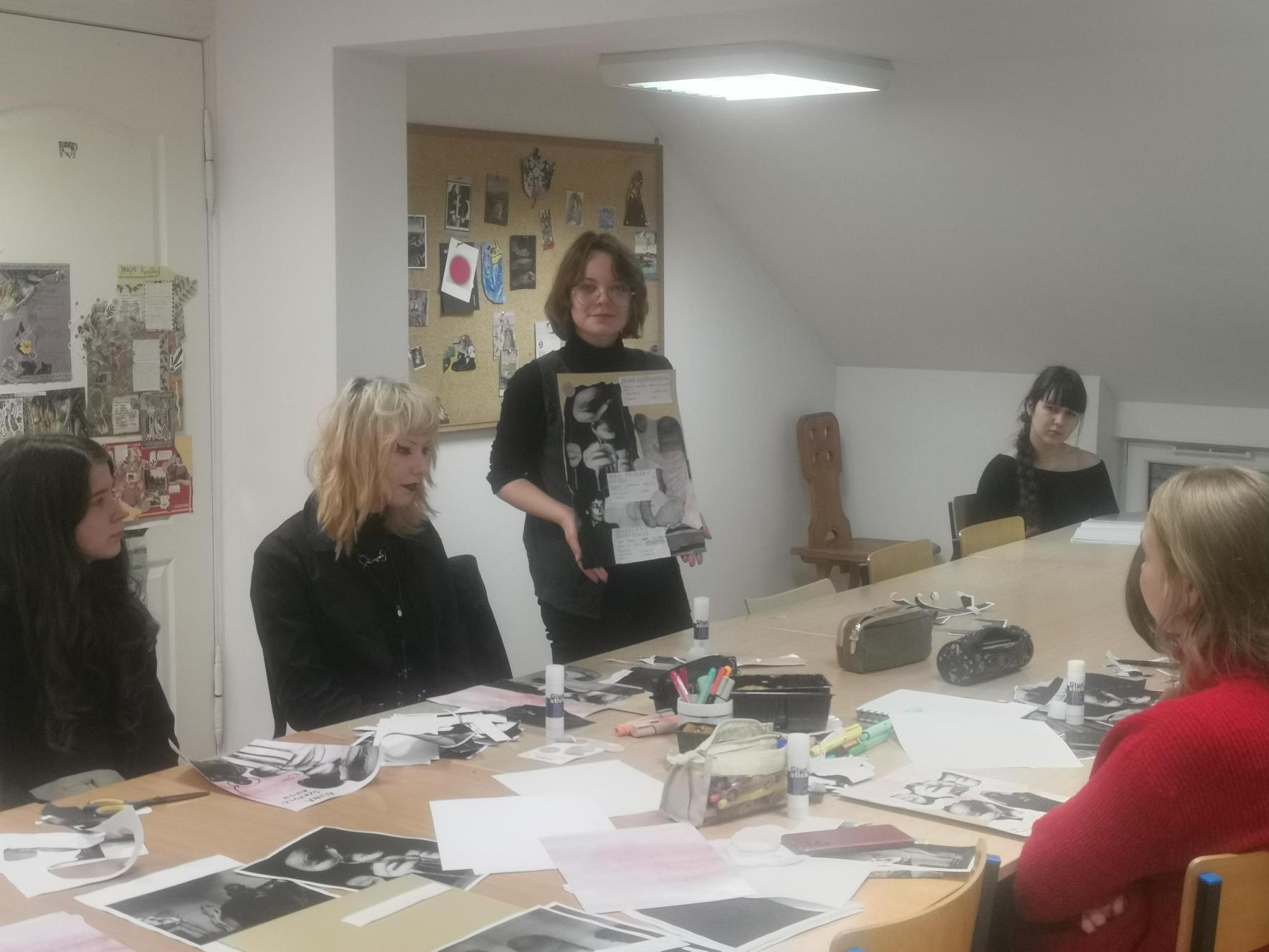
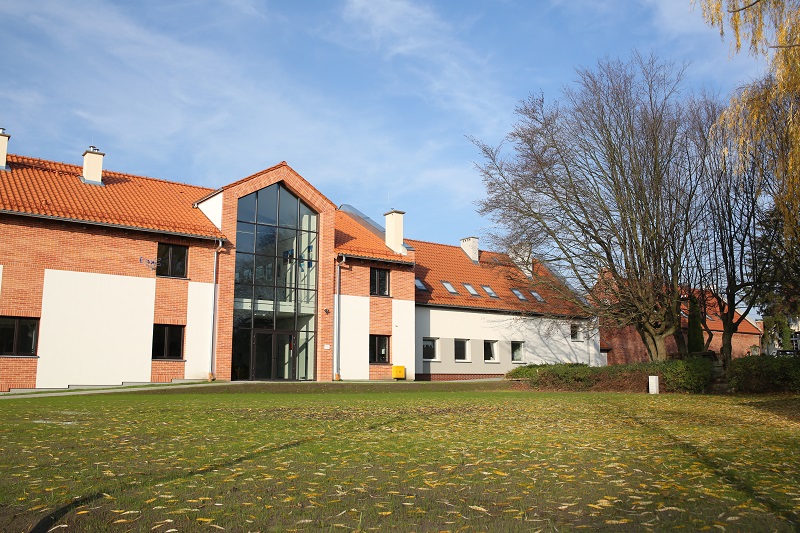
Liceum Sztuk Plastycznych w Gronowie Górnym
2015 marked the 60th anniversary of the First Biennial of Spatial Forms in Elbląg. The objects are an artistic phenomenon of the city and a source of inspiration. Spatial forms created as a result of imprints of fragments of the human body in real dimensions, in plaster and resin, are the subject of a traveling exhibition, the material effect of the educational and artistic project “1:1.”
On May 12, 2025, the final of the award-winning project took place in Kajki Park in Elbląg. We saw how the spatial forms of the young generation presented themselves in relation to nature and contemporary sculpture in the surrounding space. Subsequent presentations will take place at the art school in Gronowo and the Centrum Sztuki Galeria EL art center.

TEACHER
Monika Walas, sculpture teacher, graduate of the Faculty of Sculpture at the Academy of Fine Arts in Krakow. She has participated in numerous exhibitions, including: “Tytano” Dolne Młyny in Krakow, BWA Jatki Art Gallery in Nowy Targ, Elektrownia Contemporary Art Gallery in Czeladź, as well as open-air events: Harenda in Zakopane, sandstone sculpture open-air event in Nowe, “Dialogues” ceramics open-air event. She worked on the conservation of altars and polychromes in Chocznia and Kobierzyn. She was involved in the renovation of the historic facades of Krakow's tenement houses and conservation work at the “Grand” Hotel in Krakow, as well as the renovation of the facade of the Royal Palace in Łobzów. In 2022, she worked on the set design and props for the film “In the Lost Land” directed by Paul W.S. Anderson.













